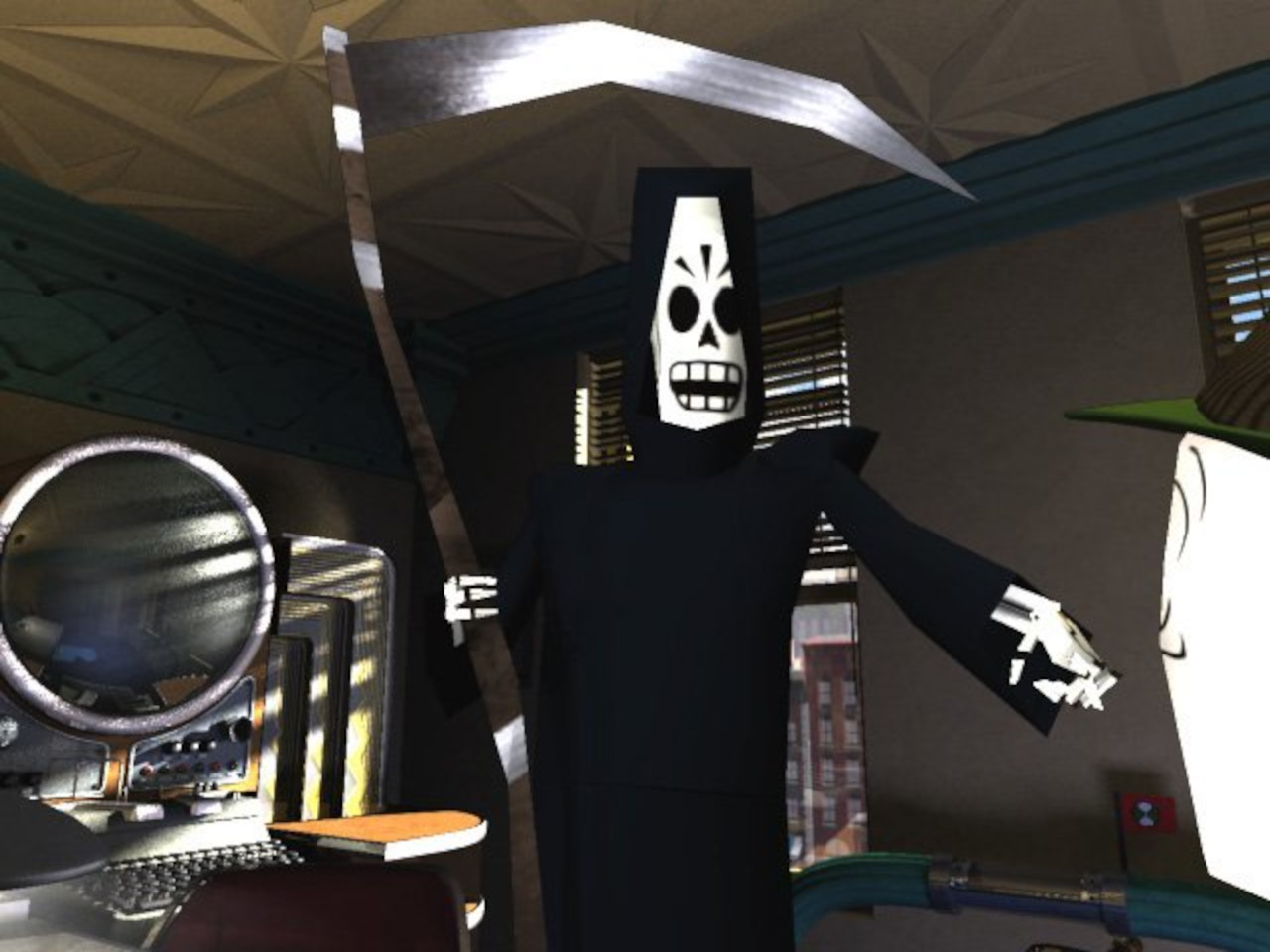Supposedly vinyl is making a comeback. At least that’s according to CTV News in a report exploring the decline in CD sales. According to them, the CD may simply be this generation’s 8-track. I wouldn’t go that far. The CD has been the dominant form of audio recording for more than 20 years now. In essence, the CD is simply a miniature record in the sense that data recording and playback is done in pretty much the same way. The only major difference is that the data is stored digitally of course, and the needle has been replaced by a laser. Still, the CD seems to be lacking something.
CDs encode date at 16-bit PCM with 41.1khz sampling. This works out to about 1.411 megabits per second. CD audio format is lossy form of compression. Then again, all digital formats are when compared to analog audio signals. This is primarily where the LP shines. It’s a near exact replica of the original sound wave pressed onto a disc. No encoding required. Playback is direct and replication is near perfect. The major downside with analog recording is that it’s susceptible to “noise” such as hissing, buzzing, crackling, and pops. These become worse the more the record is played due to the friction of the needle against the vinyl and dust that collects on the recording surface. I would call this as more part of the vinyl experience rather than a drawback. Despite it, the recording is presented with a warmer feeling and a higher fidelity. CDs tend to have a colder, tinny feeling to them. Digital music files do as well, and can be far worse depending on the quality of the original.
Well, of course CDs have numerous advantages to LPs in the sense that they’re smaller, less effected by environment, more durable, and are recordable. Vinyl wins out with audio quality, which outweighs all of these. So are CDs dying? Yes and no. CDs are DRM free, compared to many audio files available online which often include very intrusive copy prevention methods. It’s actually a patent violation to put DRM on CDs, as per Phillip’s Redbook audio.
The one possible savior for high fidelity digital music would have been the DVD. Typically, DVD audio is encoded at 24-bit PCM with 96khz sampling. The bit rate is nearly four times higher than a CD, around 4.6 megabits/second for stereo audio. DVD players support sampling up to 192khz if the audio is encoded in Dolby Digital or DTS. Also, DVD audio supports up to 7.1 channels of sound, creating a more better concert environment. At this rate, it’s closer to the fidelity of vinyl than CDs are to the point where it is difficult to tell the difference. For some reason, however, DVD audio has never caught on. That is, there are very few DVD-Audio albums. DVD-Audio does not have to comply with Redbook and thus can include any DRM the manufacturer sees fit.
Bluray and HD-DVD audio could be the next step. They can be encoded at much higher bit rates still. Bluray can transfer up to 40 megabits/second. There isn’t much data about BD’s audio capabilities, only that there will be BD-Audio discs. HD-DVD uses the same audio encoding methods that regular DVD does.
Until DVD and the next generation audio disc come out. Vinyl will still be king when it comes to high definition audio.




